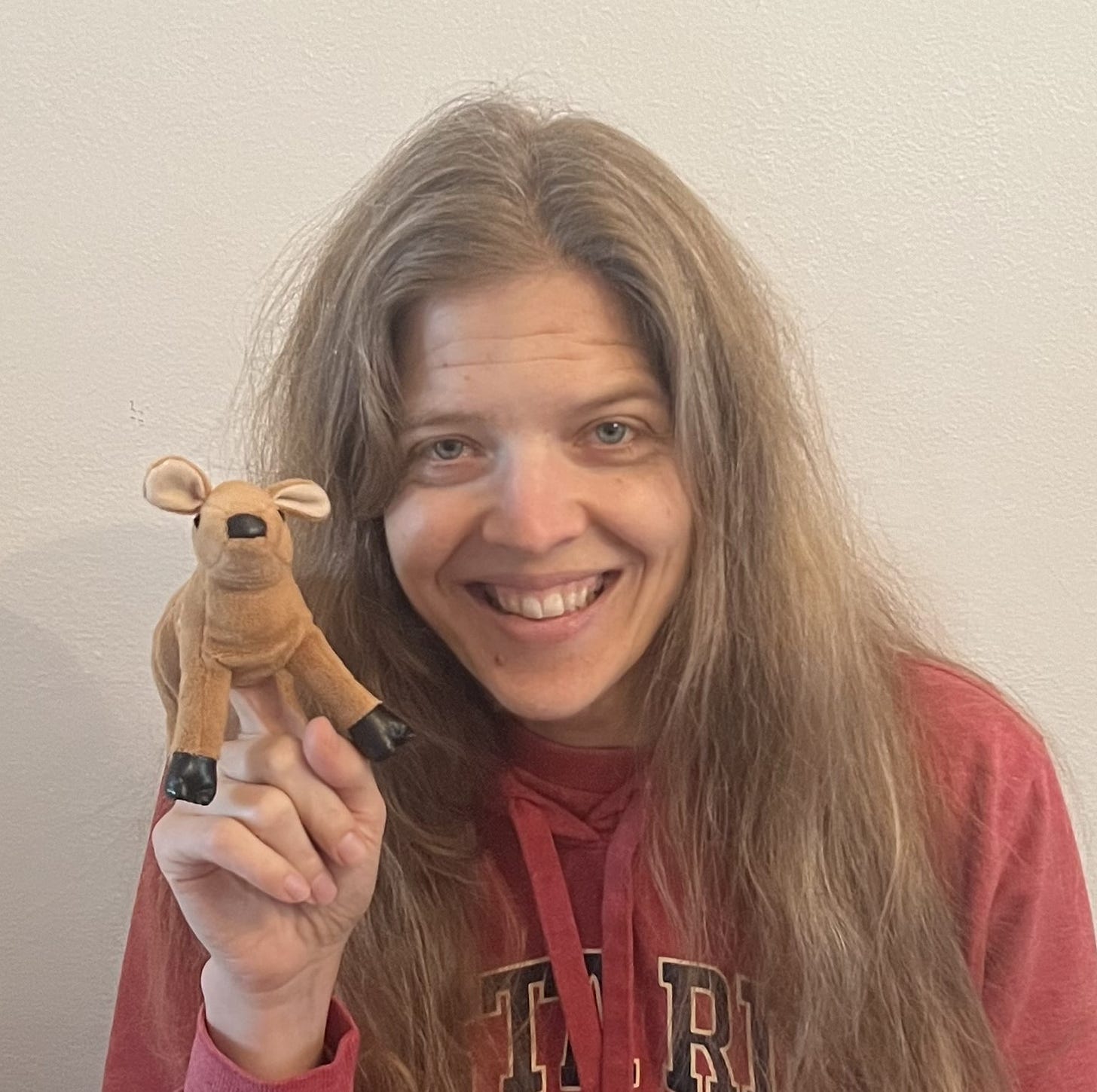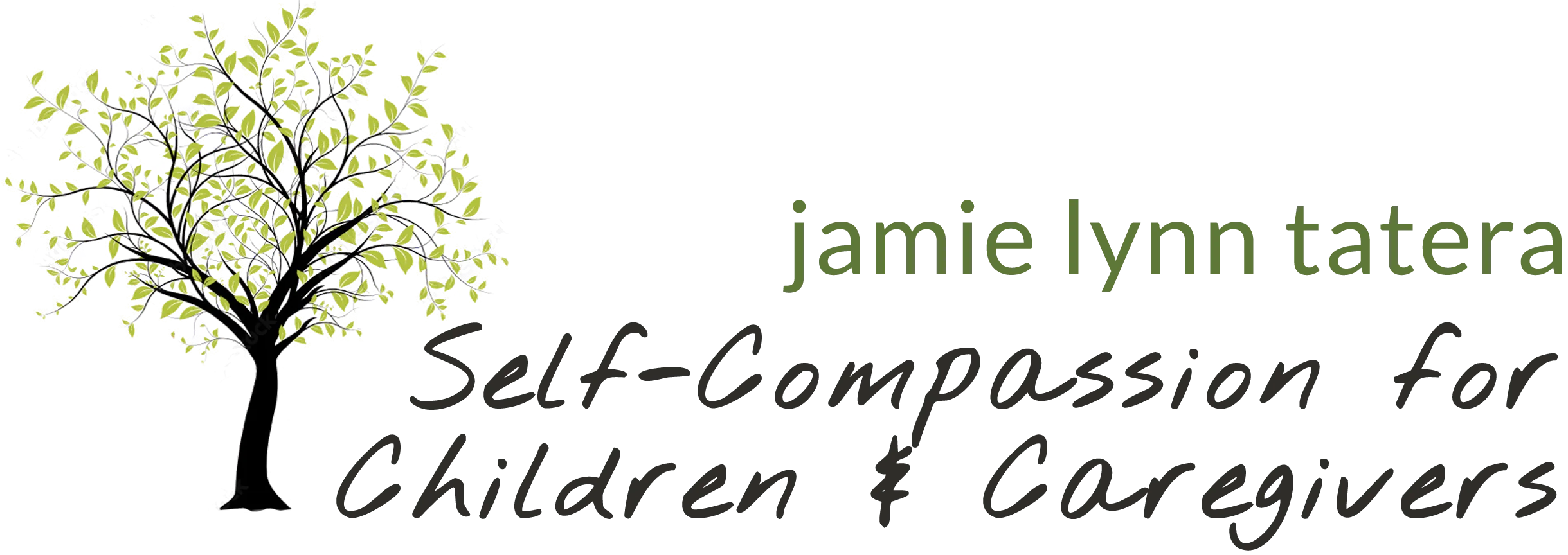When I make a mistake, oftentimes shame is in the room.
If you have taken the Feelings Habit Animal Quiz and read my article about the four feelings habit animals, you might remember that the deer is the feelings habit animal that is most correlated with shame.*

Because one of my primary feelings habits is Deer, when I make a mistake, I am apt to feel shame. And this past week when I realized that over 100 subscribers have not been receiving my emails for the past two months (my apologies if you’re one of those subscribers), I felt a wash of shame.
Here’s the good news and the bad news about shame.
First the bad news: shame is a very sticky and challenging emotion that is often paired with the fear that we are unlovable.
Now the good news: shame is an innocent emotion, and we can help ourselves unhook from it by reminding ourselves of shame’s fear and reaffirming our own lovability.
And now the very good news: if we can get good at addressing shame’s core fear and soothing ourselves when we feel it, we can help kids to do the same.
Walking my Kids (and Myself) through Shame’s Fear
So, here’s how I worked through shame in the presence of my kids.

Spots the Giraffe is my resilience habit animal for noticing. First I “spotted” my emotion. Because I’m a self-compassion teacher, my kids are very used to me spotting and naming my feelings. In this case, I spotted shame.
Next, I recognized shame’s fear—that I am unlovable. Because my shame-prone feelings habit animal is Deer, I allowed my little deer puppet to be my symbol for shame.

Note: My kids are already very familiar with the feelings habit animals and Deer’s tendency to feel shame because they helped me to create The Quest for Self-Compassion Workbook that features all of these delightful animals.
Luckily, it was time for dinner, and my husband was out on a run. So it was just me and the girls at the dinner table. And I brought my deer with me.
My daughters and I started eating dinner, and while we were eating, I began petting my deer puppet. My daughters raised their eyebrows at me (I’m odd, but I don’tregularly pet my deer puppet at the dinner table). I explained that I had made a mistake and that over 100 people had not been receiving my newsletters. I let them know that my deer was feeling very ashamed and that Deer was afraid that it was not lovable because it had made a mistake.
My daughters and I talked a little about the mistake, and then I modeled the Snuggles habit.

Snuggles the Bunny is the resilience habit animal that helps us to be kind to ourselves. I began talking to my Deer puppet in front of my kids. I petted my deer and told Deer that even though it had made a mistake, it was still lovable. My younger daughter actually gave me a hug, and then I let my daughters know what I was doing to address the newsletter problem. After that, the dinner conversation shifted to another topic.
This might not sound like a big deal, but I did three things during this brief interaction with my kids.
- I taught my kids how to notice and name shame in a nonjudgmental and compassionate way.
- I taught them about shame’s core fear—that we are unlovable as we are.
- I showed them how we can soothe our shame with the Snuggles habit, reassuring our Deer (and ourselves) that we are still lovable even when we fall short.
Powerful lessons at the dinner table ;).
*Note: In my work with children, I have learned that the feelings habit animals are as important, or perhaps even more important than the resilience habit animals. This is because we need to develop nonjudgmental awareness of our feelings habits in order to practice resilience habits.
Two Ways to Boost Your Own Resilience
Watch my Resilience Habit Videos on Social Media
Would you like to see short videos of me modeling the ideas from my blogs? If so, follow me on social media and Youtube. My Facebook and Instagram handle is @jamielynntatera. You can watch me use my props to share kid-friendly strategies for dealing with tricky emotions and building resilience habits. Plus, I feel super happy when I get to connect with you in more places.
Sign up for the Path to Resilience Journaling Challenge
The Path to Resilience is my signature resilience training, and I’ve created a free Path to Resilience journaling challenge to help ensure that resilience strategies are available to everyone (including you!). Sign up for the journaling challenge for free, and you’ll receive access to exclusive blogs, videos and guided meditations designed to help you build resilience habits. Always remember that your child’s resilience begins with you.
Thanks for caring so much about you and your child’s resilience. You are doing awesome and you are making a BIG difference!
Wishing you Light, Love, and Playfulness,
Jamie Lynn
Thanks for reading my blog! Subscribe for free to receive new posts and tips for raising resilient kids.
